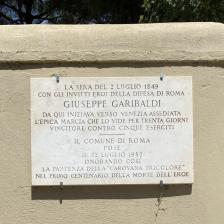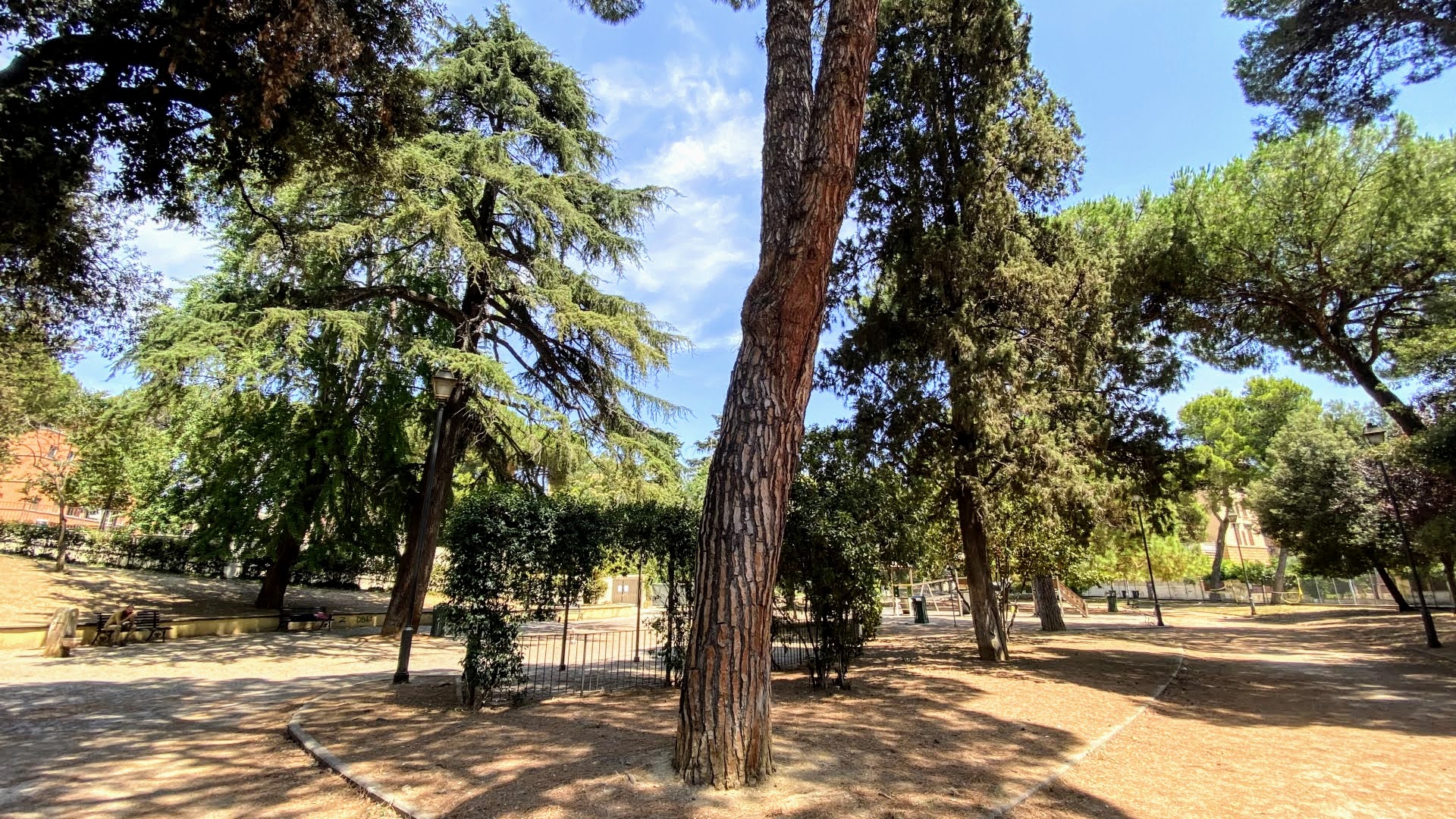
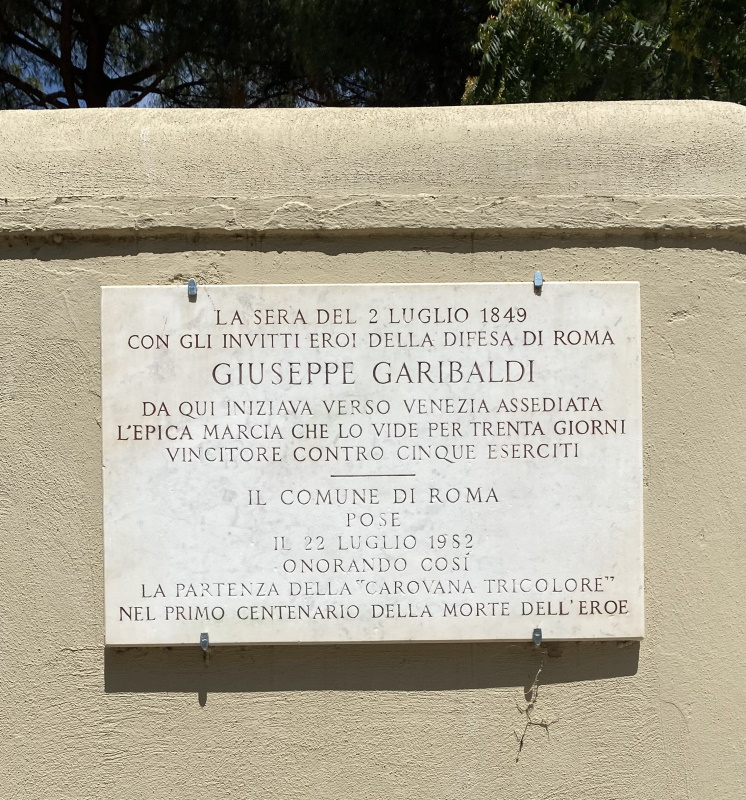
A public park since 1931, Villa Fiorelli is located not far from the basilica of Saint John Lateran and extends where the central part of the old Fiorelli estate once stood, near Via Tuscolana.
Enclosed between pretty little villas and early 20th-century buildings of bourgeois connotation, today it is a pleasant garden-square of about 9000 square metres, with benches and playground, frequented by the locals.
The first news of a settlement in the area, which consisted of a rustic building belonging to Vincenzo Costantini, dates back to 1818. In February 1869, the property passed to Teresa Costantini, wife of Luigi Fiorelli, who enlarged it with the purchase of an additional portion of land.
Of the late 19th century layout, the villa retains the classic structure of the rural estate, with the manor house set within a circular area and farmland developed radially around the central core.
When Raffaele Fiorelli died in 1903, the land and adjoining buildings were inherited by his sister Caterina who, six years later, sold them to the Società Anonima Italiana Prodotti Esplodenti of Milan.
With the prefectorial decree of 29 June 1922, the most substantial transformation of Villa Fiorelli began: the area was expropriated in order to start building the district of ‘economic houses’, which led to the halving of the green space.
In July 1930, the Governorate acquired the remaining land of the Fiorelli property, with the exclusive restriction that it be used as a public park for the neighbourhood. Due to the poor state of conservation, in September of the same year, the manor house and the existing buildings in the park were demolished.
The area was therefore transformed, based on a design by Raffaele de Vico, a landscape architect who also designed the Park of Colle Oppio, the Orange Garden on the Aventine Hill and the Gardens of Via dei Fori Imperiali, into a garden-square: when it was opened to the public, all that remained of the original buildings was a small rustic house and the basement of the property, used as an air-raid shelter during the Second World War.
Over the years, the villa has undergone numerous alterations: the restoration work begun at the end of 2003 made it possible to trace a few sporadic signs of the original ownership.
A plaque affixed to a wall of the villa in 1982 recalls that in 1849, General Giuseppe Garibaldi, hosted by the Fiorelli family, proud anti-papal and early republicans, stopped here to water his horse and reorganise before leaving for Venice, fleeing from Rome after the fall of the Roman Republic.
Among the tree essences in the park of Villa Fiorelli are walnuts, carob trees, plums, gingko biloba trees, cedars of Lebanon, maritime pines, a small rose garden and some specimens of acacia from Constantinople.
Photo: Redazione Turismo Roma
Basilika San Giovanni in Laterano
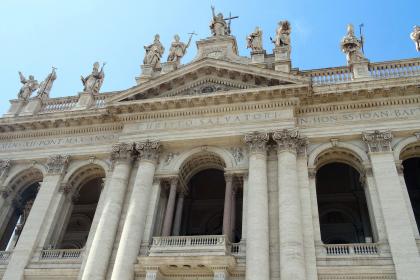
 Condividi
Condividi
Amphitheatrum Castrense
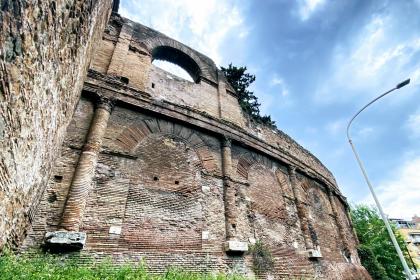
 Condividi
Condividi
Scala Santa - Heilige Treppe
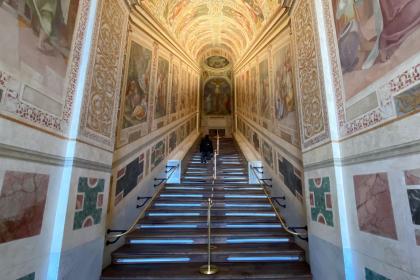
 Condividi
Condividi
Informationen
aperta fino al tramonto
 Condividi
Condividi
Location
Um mehr über alle barrierefreien Dienste zu erfahren, besuchen Sie den Abschnitt barrierefreies Rom.












































